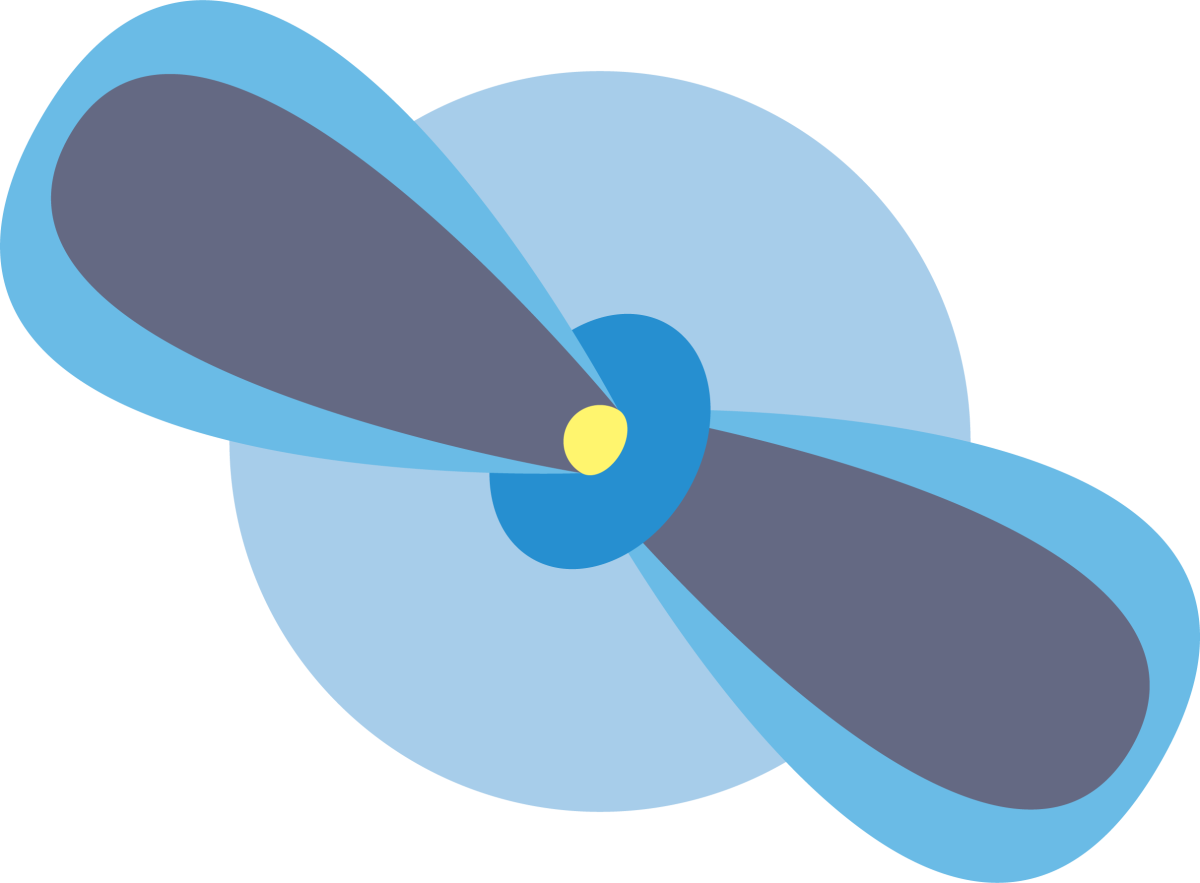
Section Leader: Michael Poxon Contact
Interested in joining this section? Click here for instructions.
Watch the Young Stellar Objects Observing Section Videos
Whether you call them YSOs (Young Stellar Objects) or PMS (Pre-Main Sequence Stars) you'll find everything you wanted to know about them - and probably a few things you didn't - here. The YSO section is one of the newest AAVSO observing sections, and so this is the starting point for those of you who wish to observe these fascinating objects, which are becoming increasingly important to professional astronomers, since they can tell us not only about the formation of stars but also of planetary systems, plus much else besides.
To begin with, it is known that many stars listed in the GCVS of type I are seriously underobserved. One aim of the section will be to remedy that situation! Those stars listed as "IS" are an especially heterogeneous group of stars, some of which may well turn out to be non-YSO's - perhaps Algol or RR Lyrae stars. However, nobody is going to know until the type of variability can be confirmed, so there is clearly a fruitful field here for original observation.
Just as in the case of CVs (Cataclysmic Variables such as U Gem and SS Cyg) there is often a need for amateurs to cooperate with professional astronomers and satellite observing runs, and in this case there will be news of such projects.
A few stars such as YZ Cep and BN Ori are already stars on the AAVSO's main observing programme but most of the stars we will be observing have had to have charts constructed using the excellent VSP (Variable Star Plotter) at AAVSO and the equally excellent Aladin applet at CdS Strasbourg. As a lifelong visual observer, I have tried to make these new charts especially adapted to easy observation. Since these stars are often in crowded Milky Way fields, I have resisted the temptation to have too many comparison stars but to have these at optimum magnitude intervals wherever possible.

YSO's vary on all sorts of levels; stars like RR and CQ Tauri are utterly unpredictable and show constant, and sometimes, violent, changes in their light output. Such stars are well-suited to 'traditional' observing techniques using visual estimation methods. Others, where one element of variation is due to star-spotting or rotational factors, exhibit much smaller light changes. To follow these stars purely visual estimates are unsuitable and in this case CCD observers can come to the fore.
In this regard, multiwavelength photometry is especially productive, since YSOs often show marked differences across various areas of the electromagnetic spectrum.
Although many YSOs are faint objects, many are within the reach of even small telescopes. A few are even visible with binoculars! So don't despise that old 6-inch reflector that some of you may be using as a finder. In the YSO zoo, there is something for everyone. The Star Search page will enable you to plan an observing programme to some extent. You can search by brightness, constellation, or variability type. Don't want to observe those IS stars or can't see those far-South stars in Chamaeleon? Okay - just bring up the stars in Cassiopeia instead.
If you are interested in subscribing to the YSO Bulletin or viewing back issues of this monthly newsletter about YSOs, please click here: YSO Bulletin
Michael Poxon serves as the YSO section leader, and William Herbst serves as the science advisor.


